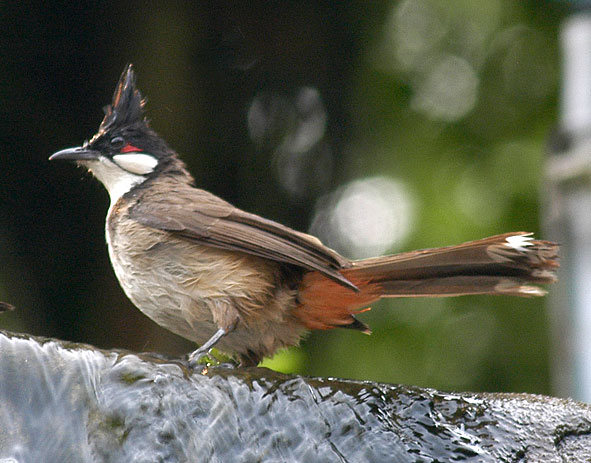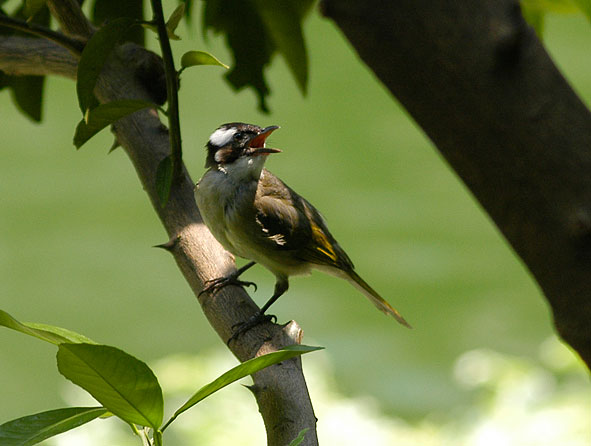China bird photographs
I I had little time for birdwatching in China. The most interesting birds were ones we saw at 'the cave of the bats' on Mount Emei, Sichuan. We were told of a huge 'bat roost', containing 'tens of thousands of bats' on the mountain. We walked for five hours to reach the cave. We hired an aging porter to carry our harp trap, and were joined along the route by some Himalayan macaques.
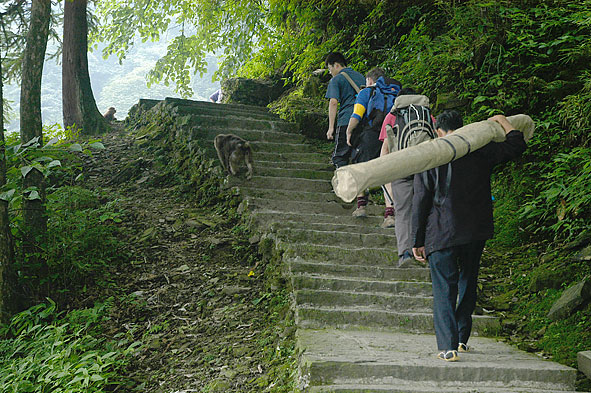
By the time we reached the cave, our porter had a damaged knee, and we had to hire two further locals to help us return in the dark. Our legs were in poor condition after walking over about 20,000 steps!
The 'cave of the bats' is a Buddhist temple, filled with incense, and with a net to stop birds and bats going deep into the cave. How these Himalayan swiflets are confused with bats beats me, especially as they fly in the day. The swiftlets echolocate through the smoke in the cave by producing audible clicks, and by evening time the smoke had cleared allowing me to take the photos below.
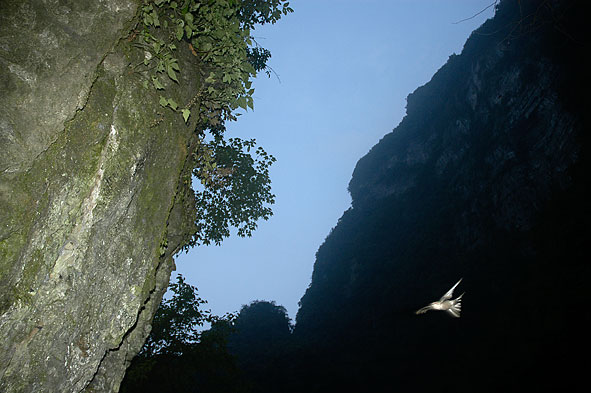
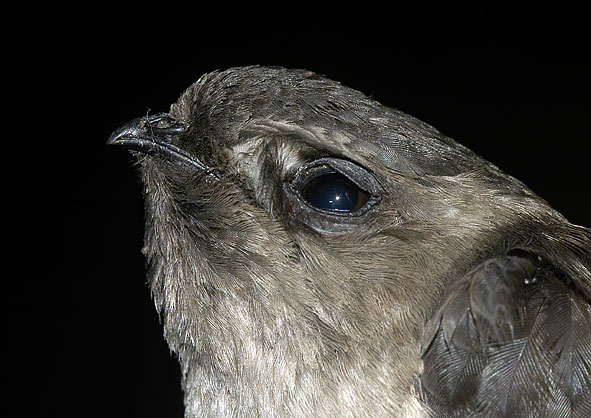
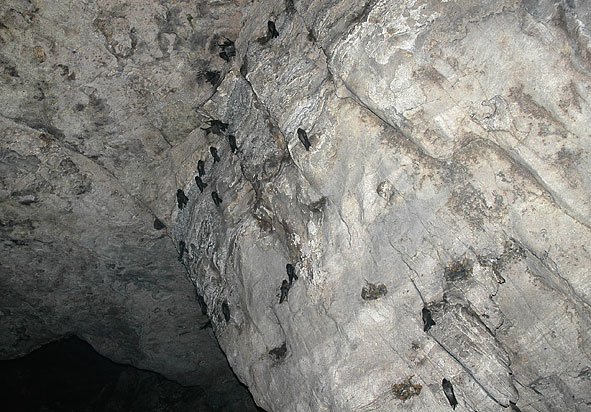

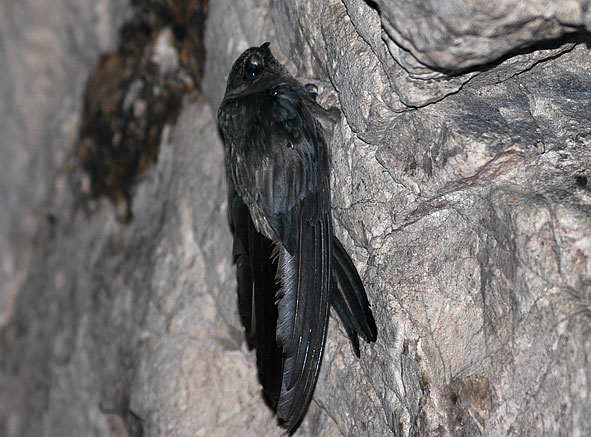
Otherwise, birds were thin on the ground. In China. We saw Oriental magpie robin, Asian house martin, barn swallow, red-rumped swallow, white wagtail, light-vented bulbul, brown-breasted bulbul, grey treepie, pied bushchat, white-capped water redstart, plumbeous water redstart, rock sparrow, swift, feral pigeon, large-billed crow, brown shrike, Temminck's tragopan and Himalayan swiftlet.
Birds were much more abundant in Hong Kong. In Kowloon Park, I saw the birds below.
Tree sparrow and white-rumped munia.
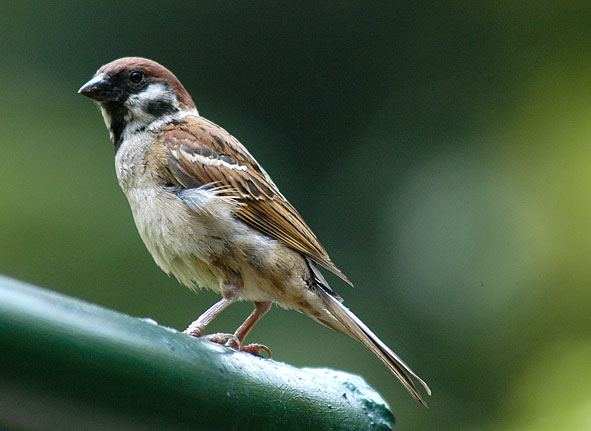
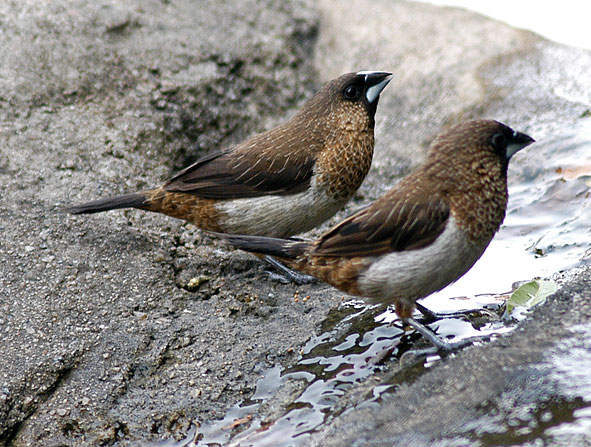
Black-crowned night heron and spotted dove.
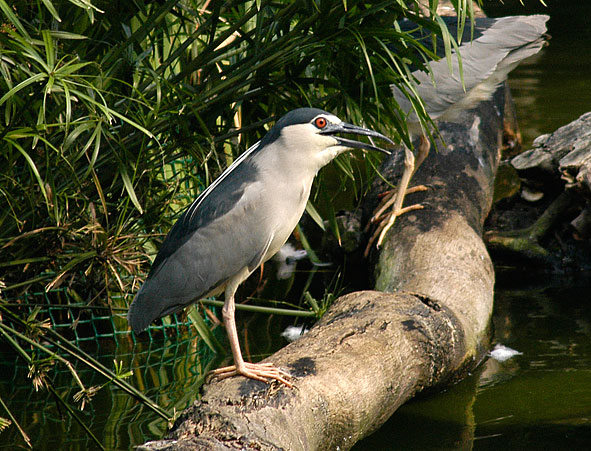
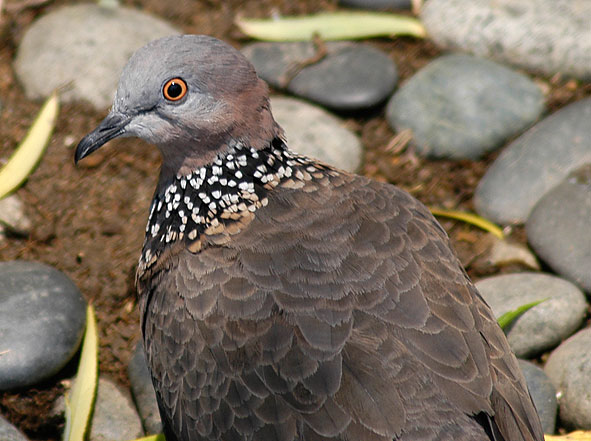
Black-eared kite and black-collared starling
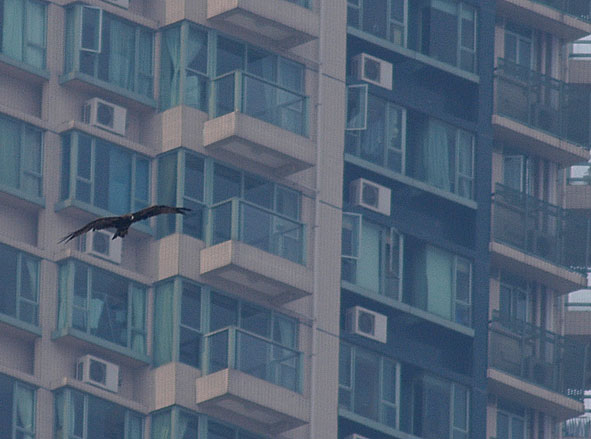
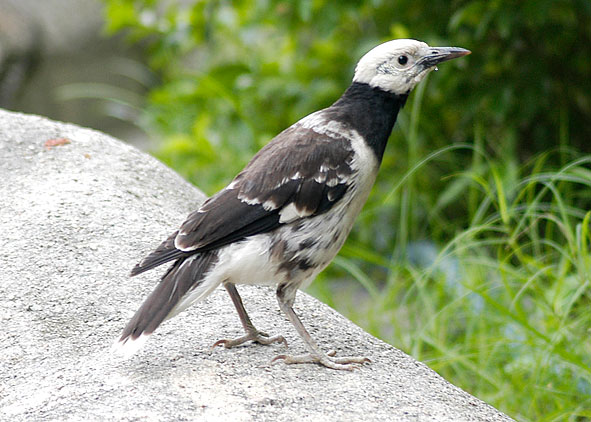
red-vented and light-vented bulbuls.
